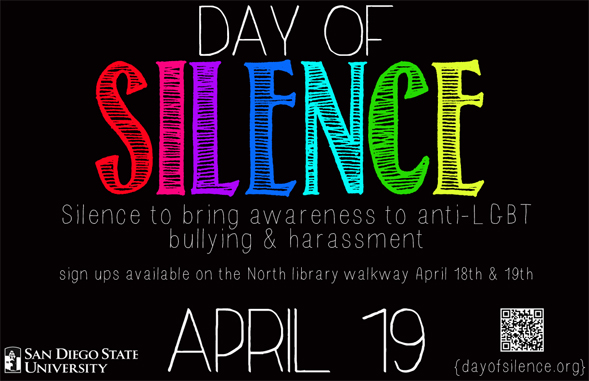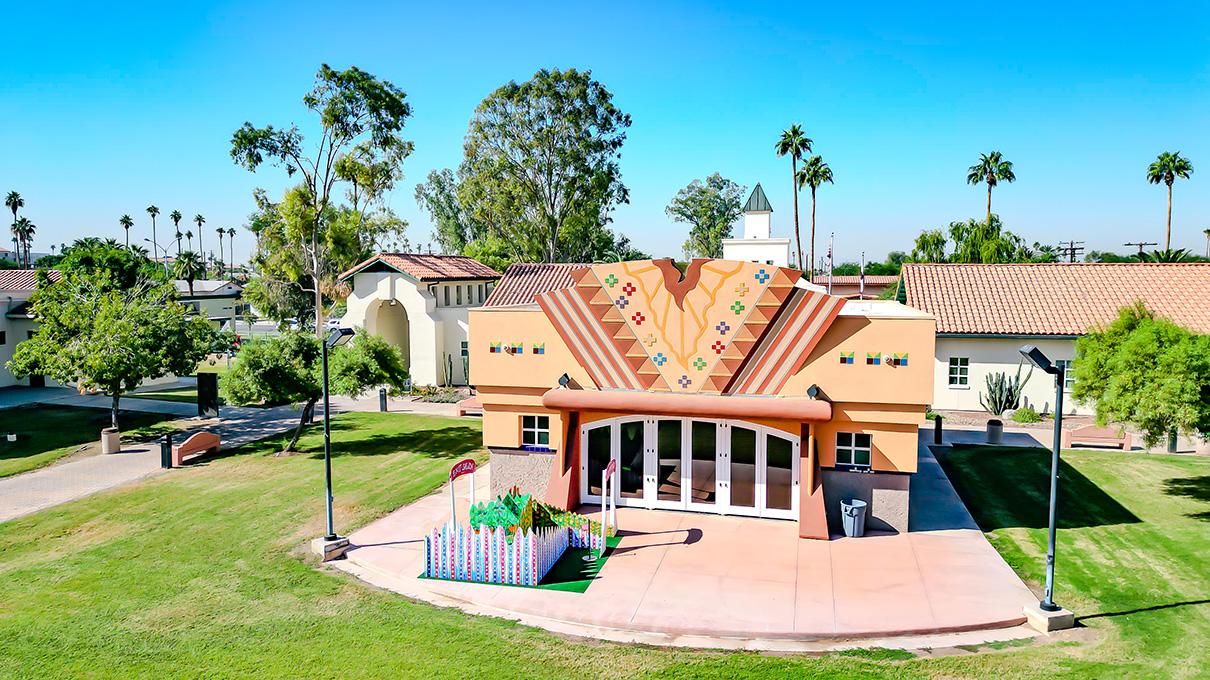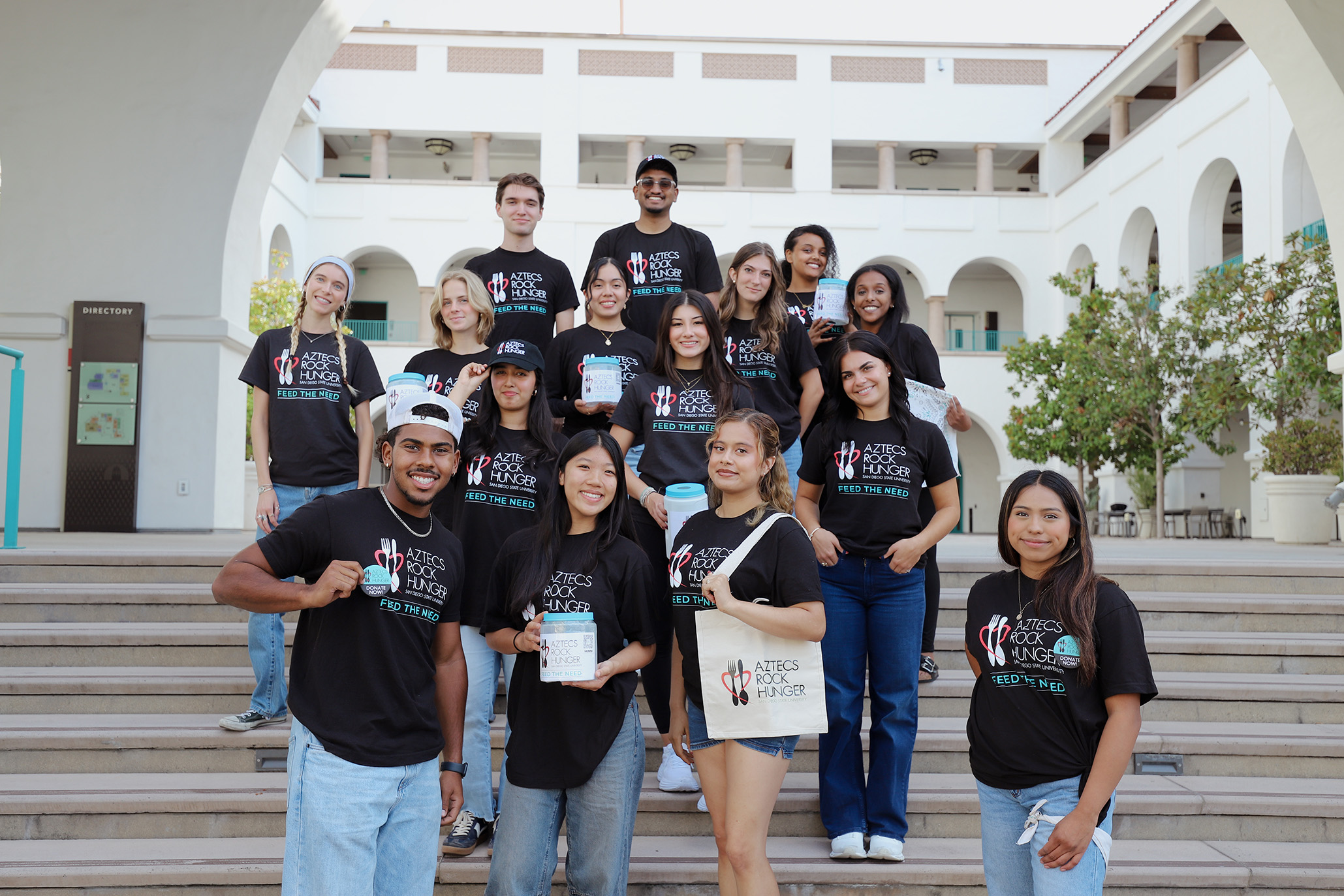Day of Silence Honors LGBT Community
The National Day of Silence, April 19, calls attention to the silencing effect of anti-LGBT bullying in schools.

Members of the San Diego State University community will silently against LGBT bullying on the upcoming National Day of Silence, April 19.
"The Day of Silence event is an important event because a lot of LGBTQ harrassment happens in small ways, and we need to protest this silencing effect," said Randall Timm, director of Student Life and Leadership at SDSU.
“"Some of the most important voicesare the ones that aren't being heard."”
The event, hosted by the San Diego State LGBTQ Advisory Board, aims to raise awareness for LGBTQ bullying and the silencing that results from harrassment.
Students, faculty, staff and community members will take a vow of silence in support of the cause, championing to end the injustice.
"It's important to bring awareness to the silence caused by bullying," said Anthony Keen, a residence hall coordinator. "Some of the most important voices are the ones that aren't being heard."

An LGBT friendly campus
Creating an environment where all students feel safe, included and inspired to learn is an important part of the SDSU experience. These efforts are recognized by Campus Pride on its LGBT Friendly Campus Climate Index, where SDSU is ranked as one of 32 “Five Star” campuses in the nation.
“Our commitment to the LGBT community, like our commitment to all communities on our campus, is strong,” said Chief Diversity Officer Aaron Bruce. “Ultimately, we want our students to succeed in their academic endeavors. To do that, they need to feel safe, included and accepted.”
History of the National Day of Silence
Founded in 1996, the Day of Silence has become the largest single student-led action toward creating safer schools for all, regardless of sexual orientation, gender identity or gender expression.
From the first-ever Day of Silence at the University of Virginia in 1996, to the organizing efforts in more than 8,000 middle schools, high schools, colleges and universities across the country in 2008, its textured history reflects its diversity in both numbers and reach.


